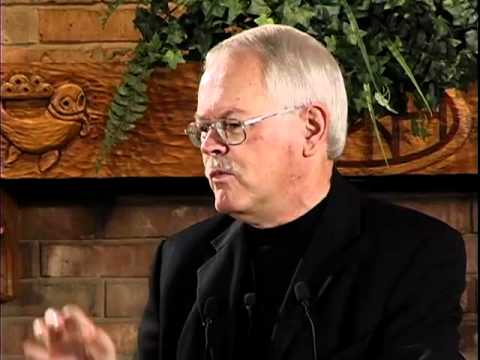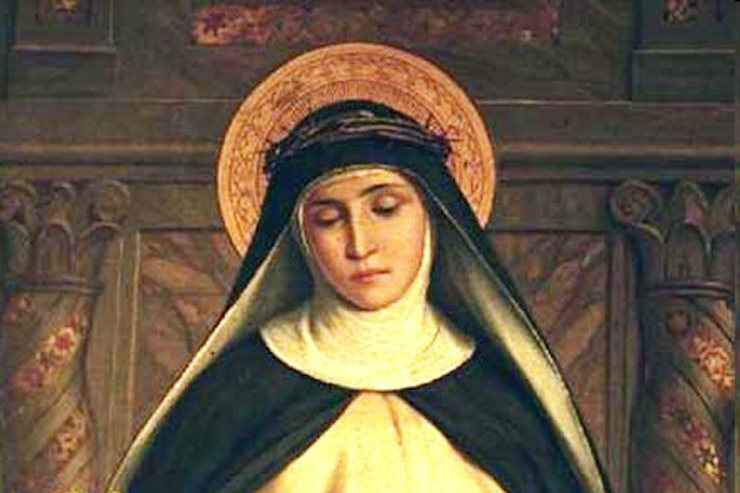
In his book, God Who Fell from Heaven - The Hour of the Unexpected, theologian-poet, John Shea, once commented on the resurrection appearances of Jesus:
On the road that escapes Jerusalem and winds along the ridge to Emmaus, two disillusioned youths drag home their crucified dream. They had smelled messiah in the air and rose to the scarred and ancient hope, only to mourn what might have been.
And now a sudden stranger falls upon their loss with excited words about mustard seeds and surprises hidden at the heart of death and that evil must be kissed upon the lips and that every scream is redeemed for it echoes in the ear of God – and do you not understand, what died upon the cross … was fear.
They protested their right to despair but he said, ‘My Father’s laughter fills the silence of the tomb.’
Because they did not understand, they offered him food and in the breaking of the bread they knew the impostor for who he was — the arsonist of the heart.
Belief in the resurrection asks us to believe that, reality is gracious, light does triumph over darkness, love over self-interest, justice over oppression, peace over chaos, fulfillments over hunger. Faith in the resurrection is the trust that, in the end, everything is good.
It is hard, almost impossible, to believe that. We experience strong experience to the contrary. Why? Because experience constantly belies it. Despair comes easier than faith.
So how did the members of the early Church then reverse this? What moved them from despair to new hope? Listen to the words or Father Ronald Rolheiser: 
It was not just the Resurrection that changed them. They still doubted. They huddled in fear. They locked doors. They tried to go back to their old ways of life even after they had seen the empty tomb and had heard the stories of others who had personally seen him. What brought resurrection faith was the in-the-flesh appearance of the resurrected Christ. Slowly, gently, through these appearances, Christ built up their faith until they no longer needed these appearances.
We are built up in faith through appearances of Christ in the flesh. Where does the resurrected Christ have flesh in our world?
The resurrected Christ appears to us in the flesh in those persons who are arsonists of the heart, who truly make our hearts burn within us. What kind of persons burn messianic holes within us? Those who speak of mustard seeds, who tell us about the value of what’s hidden, small and insignificant; those who tell us that pain can bring deep meaning and redemption; those who tell us that, despite all, reality is gracious and we can trust and love. They are those who tell us that we should be less afraid, that paranoia is an illness, metanoia is salvation; who tells us that bitterness is not noble but rather hell, that cynicism and stoicism are forms of despair, that life is not tragic, that tears are redemptive, that the Christian call is to celebration.
They are those who tell us that it is not too late, that there is still plenty of time to live anew, to become what we were meant to be, beyond self-interest. They are those who tell us to make merry and dance, for all is well. These kinds of words stir what’s best within us, burn holes in us, stir faith, roll stones back from tombs, show us the resurrected Christ in the flesh.

Jem Sullivan Ph.D. is Director of Career Placement, and Adjunct Instructor and member of Pontifical Faculty of the Immaculate Conception in Washington, D.C. She echoes Fr. Rolheiseer’s words in her video reflection for April 27, 2016. Give it a listen.
At the end of the Gospel reading today, Jesus comments on the phenomena that will occur in the lives of the believers. He give them a preview of these events “…. so that when it happens you may believe.” Notice, He says that they would believe, not understand.
Who are the arsonists of your heart? Who are the people who, by their presence and words, cause you not so much to understand but to believe?

At Santa Maria sopra Minerva in Rome is the Tomb of Saint Catherine of Siena whose Feast Day we celebrated this past week. She once wrote the following short prayer:
Holy Spirit, come into my heart; draw it to Thee by Thy power, O my God, and grant me charity with filial fear. Preserve me, O ineffable Love, from every evil thought.
Warm me, inflame me with Thy dear love, and every pain will seem light to me. My Father, my sweet Lord, help me in all my actions. Jesus, love, Jesus, love. Amen.

There is also a prayer for her intercession in times of trouble:
O most admirable St. Catherine, who did merit to make of your whole life the noblest holocaust, constantly inspiring yourself to a most ardent love for Jesus, the Lamb without blemish, and for His beloved spouse the Church - a church whose rights you did strenuously affirm and support in troubled times … obtain for us the grace not only to pass unscathed through the corruption of this world, but also to remain unshakably faithful to the Church in word, in deed and in example. Let us always see, and make others see, that in the Vicar of Christ we have our anchor - and in the storms of life, the beacon light that points the way to the harbor of safety in the dark night of our times and of men’s souls. Amen